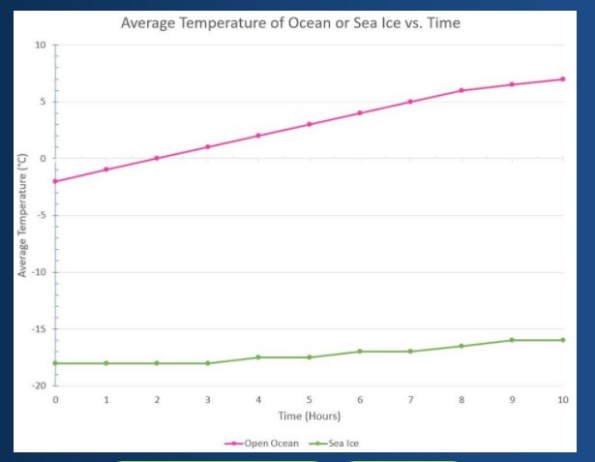The climate is critical since it has a tremendous impact on the future of this planet and all living creatures. Climate can be defined as the typical weather of any specific location, which can vary depending on the season (Piao et al., 2019). As the concentration of carbon dioxide in the air increases, the oceans change: they become warmer and more acidic. These processes negatively impact marine ecosystems and terrestrial species dependent on the seas. To avert the most dramatic effects of climate change, citizens need to take collective action to reduce net greenhouse gas emissions.
I hypothesize that the surface of the Earth and oceans will continue to warm due to the concentration of CO2 in the atmosphere. The greenhouse effect is a natural property of the atmosphere that provides a temperature for the comfortable existence of life. In the last hundred years, the natural balance has been disturbed, including due to human activities. Now climate change and global warming cannot be avoided even if emissions are reduced but the process may slow down.
The second hypothesis relates to the temperature of the seas and oceans, which are also heated due to climate change. The open oceans will warm, but this will happen more slowly than on the continents. However, glaciers will keep global warming at bay, as ice heats up much more slowly than land or water.
Results


Analysis
According to the data obtained, climate change processes on Earth will continue in the long term. It is a natural process provoked by the greenhouse effect due to the presence of the planet’s atmosphere, which was greatly enhanced by human impact on the atmosphere (Figure 1). In the absence of an atmosphere, the temperature increase on Earth would not occur (Piao et al., 2019). Thus, the initial hypothesis is confirmed since global warming will continue even if harmful emissions are reduced due to the high concentration of CO2 in the atmosphere.
According to the second graph, the water temperature in the high seas and oceans is also rising, but the sea ice will maintain a constant temperature (Figure 2). As ice has a high albedo, or reflectivity, reflecting more sunlight into the atmosphere than it absorbs, allowing the water to maintain its temperature (Piao et al., 2019). The surface of the open ocean, on the contrary, is dark and the sun’s heat is absorbed, heating the water. Thus, the second hypothesis about glaciers holding back climate change is confirmed.
Discussion
The conducted studies and analysis demonstrate that climate change will continue in the foreseeable future. It is important not only to reduce harmful emissions into the atmosphere to slow down these processes but also to take measures to adapt to climate change (Morecroft et al., 2019). These measures include protecting and restoring ecosystems to reduce biodiversity’s vulnerability. Restoring and protecting high-carbon ecosystems can slow climate change, but progress in this area requires risk reduction analysis.
The greatest challenge I experienced was uncertainty in climate projections. Any science is perceived as a collection of well-packaged and proven information, but in the case of ecology, a large amount of uncertain data appears. For instance, there are no mathematically precise estimates of the impact of humans and natural processes on climate change. The presence of such uncertainty did not significantly affect the conclusions, as there is evidence that climate change is mainly due to human impact.
References
Morecroft, M. D., Duffield, S., Harley, M., Pearce-Higgins, J. W., Stevens, N., Watts, O., & Whitaker, J. (2019). Measuring the success of climate change adaptation and mitigation in terrestrial ecosystems. Science, 366(6471). Web.
Piao, S., Liu, Q., Chen, A., Janssens, I. A., Fu, Y., Dai, J., & Zhu, X. (2019). Plant phenology and global climate change: Current progresses and challenges. Global change biology, 25(6), 1922-1940. Web.
